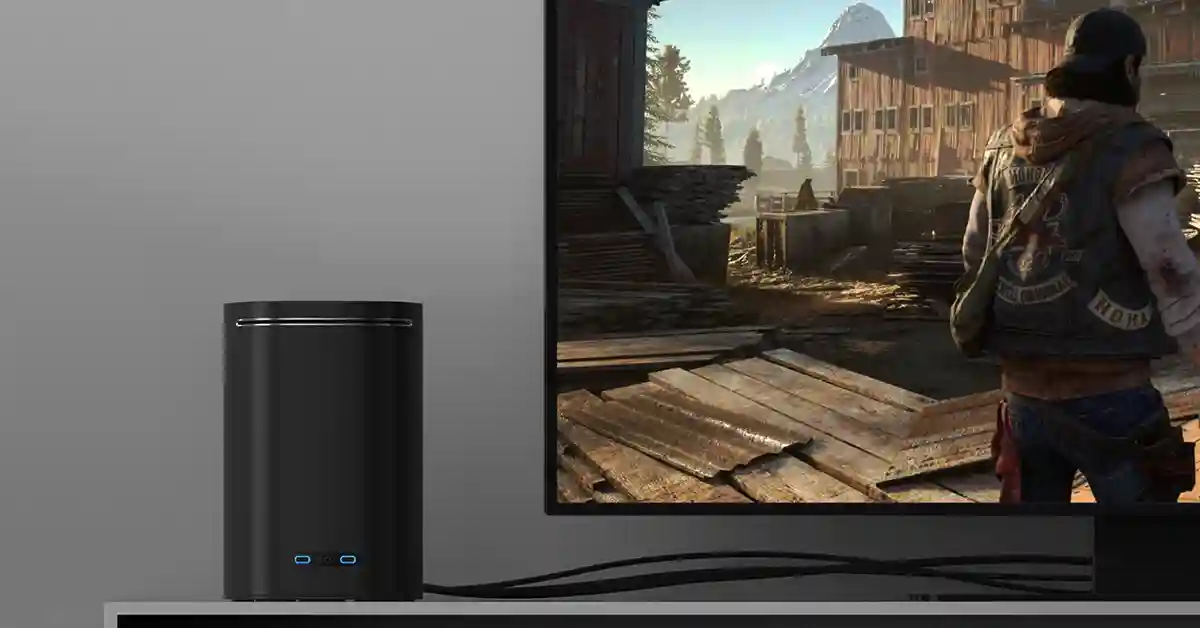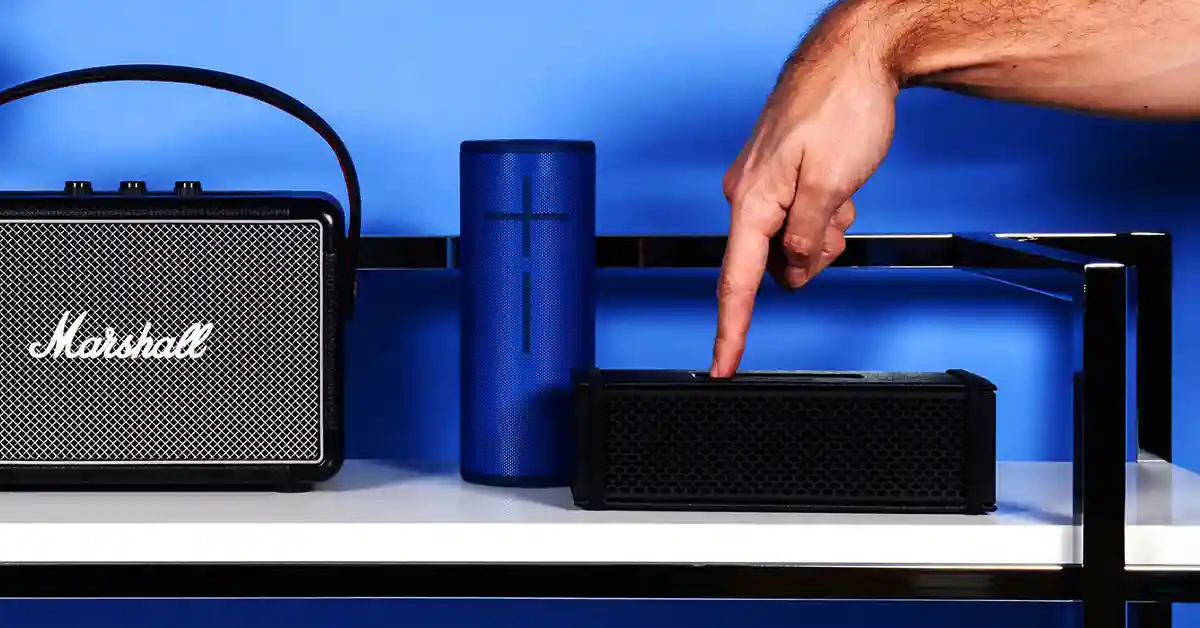How To Tune A Ported Subwoofer Box
Tuning a subwoofer box is essential in the maintenance of your subwoofers. This can be done regularly to boost the performance of your bass. Your sound could be lacking a certain element, a certain frequency. As an audio-head, you’re always looking to improve your sound system. However, before we jump right into tuning the subwoofer, you need to determine the driver or loudspeaker that will be in the enclosure.
With the following information, you can begin to tune your subwoofer. There are two methods to tune your ported subwoofer box, you can either tune it mechanically or you can use a mathematical equation.
Why Do You Need To Tune A Subwoofer Box?
You can manipulate how the subwoofer will perform and how it will sound when doing adjustments to the enclosure or housing unit. That is why the port needs to be a certain size and a certain length. The air behind your subwoofer in the enclosure allows the vibrations of your sub to move freely. If you added vents or are thinking about adding vents, they can come in different shapes and sizes. Ensure that your vents don’t obstruct the flow of sound and that the vents allow free movement of vibrations.
Before we go into the steps of tuning a subwoofer box, you might want to remove it from its casing first. This will give you better access to the subwoofer and allow you to alter it mechanically. If you’re going to use the mathematical approach, you can leave the subwoofer in its box, pair it with your laptop or computer and begin the process that way. You need some tools as well for both methods.
What You Will Need To Tune Your Subwoofer Box
- Speaker cables
- A functional generator
- Screwdriver
- Wire stripper
- Multimeter
Note: We have discussed the different multimeters in this article.
- Laptop
- Pencil and notepad for your calculations (for the math approach)
Steps To Tuning A Subwoofer
When tuning a subwoofer, be sure to take precautions. You might be dealing with a high current of electricity and you have to be protected at all times. Remember, a smaller box will play higher and a bigger box will play lower. With that being said, let’s look into how you tune a subwoofer box.
Decoupling The Sub
Coupling is a technique that seeks to reduce unwanted resonances by increasing a speaker’s interrelated relationship to the ground. When you make the speaker part of the floor, the vibrations do not get pushed back into the enclosure. Most of the vibrations are lost on the floor because of the greater mass. We want to decouple the sub, meaning that we don’t want the speaker sitting directly on the floor, the vibrations need to be increased, not decreased.
Note: A wooden floor is not ideal for decoupling a sub.
You can also lay down an isolation pad for the sub if you have a wooden floor or you don’t want to change anything about your enclosure. You can cut a tennis ball in half and place the ends on the corners of your sub. The rubberized padding helps absorb some of the vibrations and enhances the low-frequency response to your subwoofer. It will also help accelerate the tuning to your preference.
Determine The Resonant Frequency
- Hook up the multimeter in series to your sub and amplifier.
- The multimeter will be used to measure current.
- Connect the amps inputs to the frequency generator.
- The frequency generator will be used to drive the subwoofer.
- The impedance will fall to its lowest level for a ported subwoofer.
- When the subwoofer is in a sealed enclosure, the impedance will peak at its highest level.
- Adjust the length of your port if the measured resonance frequency doesn’t link up with the predicted frequency.
Adjust The Resonant Frequency
If your subwoofer is not tuned to its predicted frequency, you’re going to tune it for the desired frequency resonance. You can redesign your box as well to match your specifications, but, we’re going to look at the mathematical method of decoding the predicted resonance. Use this equation:
- Fb: The desired tuning frequency in Hz of the enclosure
- Lv: The length of the port in inches
- R: The radius of the vent tube
- Vb: The internal volume of the enclosure in cubic inches
- LV = [ ( 1.463 x 10^7 x R^2 )/( Fb^2 x Vb ) ] - 1.463 x R
How To Tune A Subwoofer Box To 30hz
A subwoofer has a normal resonance frequency of 28 Hz to 34 Hz. Tuning your subwoofer to 30Hz would be the ideal level but it is up to you and the type of subwoofer you have. If your subwoofer is in a ported box, the air flowing out of the gap enhances the frequency and can increase the amount of hertz produced. Use your multimeter to measure the current. Hook up your subwoofer to your laptop to test the current. Finally, use the formula above to evaluate your predicted current and adjust to your preferred current.
A frequency of 45 Hz and higher allows the subwoofer to play louder, however, the sound quality(SQ) won’t be as desired. A much lower sound pressure level (SPL) results in less bass being produced. A higher SPL results in more bass being produced but the user will not be able to hear the music. Find the optimal level between SQ and SPL for your subwoofer box. The two factors have a direct relationship, if you increase the one, you increase the other one and vice versa.
Types Of Subwoofer Boxes
You get three different types of subwoofer boxes. This will give you an indication of how the air flows out of your subwoofer. You might have already bought or built the box but this can guide you to the different types:
Sealed
These boxes are sealed tight. They are used to deliver precise and defined bass. The air moves freely with no internal distractions. The vibrations heard are uninterrupted but have a slightly closed-off feel. Sealed boxes also demand a lot of power.
Ported
This box has a port; an area of space for the vibrations to move within the box and be expelled. Why this method is so different from a sealed subwoofer box is because it can produce a deeper vibration and lower frequency. The port improves the adjustments and tune-ups you made to your subwoofer. The ported subwoofer accommodates metal, rock, or any hard-driving music. You can adjust the subwoofer to a specific frequency and the ported box will benefit the flow of the tuned box.
Free-Air
This box is not enclosed, however, the subwoofers are usually placed on a board in the trunk of a car. The words describe the box itself, the sub is in free air with no help, advancements, or funny tricks benefitting the sub.
Using the different types of subwoofer boxes is entirely subjective. It depends on your preference, style, and what you feel looks better. If you have a subwoofer box already used as an enclosure, it would be best to tune your subwoofer to the specifications of your box. It doesn’t make sense to destroy your box and use a different one.
Factors To Consider Before Tuning Your Subwoofer Boxes
Location
Before you tune your subwoofer, look at the position of your subwoofer. Where it is situated is important in the adjustments of your tune-up. If the subwoofer is portable, you need to adjust the tuning for the movement of the box.
Crossover Frequency
Crossover frequency refers to the linking of active and passive frequencies in your system. The bass notes play from the frequency generated at the crossover. The beginning indicates where you need to adjust your sound. Check the subwoofer specifications or google your subwoofers model for that information.
Size Of Room or Car
The size of your room or car can make a massive difference in the sound. Your subwoofer needs to be tuned to benefit the acoustics of its surroundings. A smaller area needs a smaller subwoofer and vice versa. Your car does not provide an ample amount of space but a decent-sized subwoofer can always make up for the small size. You can also place your subwoofer in your trunk.
Position Of Sound
The position at which you’re listening to the sound makes a huge difference. You don’t want to place your sub facing the wall, the entire sound won’t make sense!
If you’re listening to the sound from your couch, make sure that the acoustics benefit the low notes. The sound should not be bouncing off of the wall. The sound should travel easily to the desired destination: YOU!
Conclusion
There you have it, you have successfully tuned your subwoofer box. Hopefully with no injuries. The above article looked at tuning a subwoofer box the mechanical way, and through the mathematical process. You might not be that good with numbers but plugging some numbers into a calculator has never failed the human. Math might scare you but the bass from your subwoofer.
Related Articles







